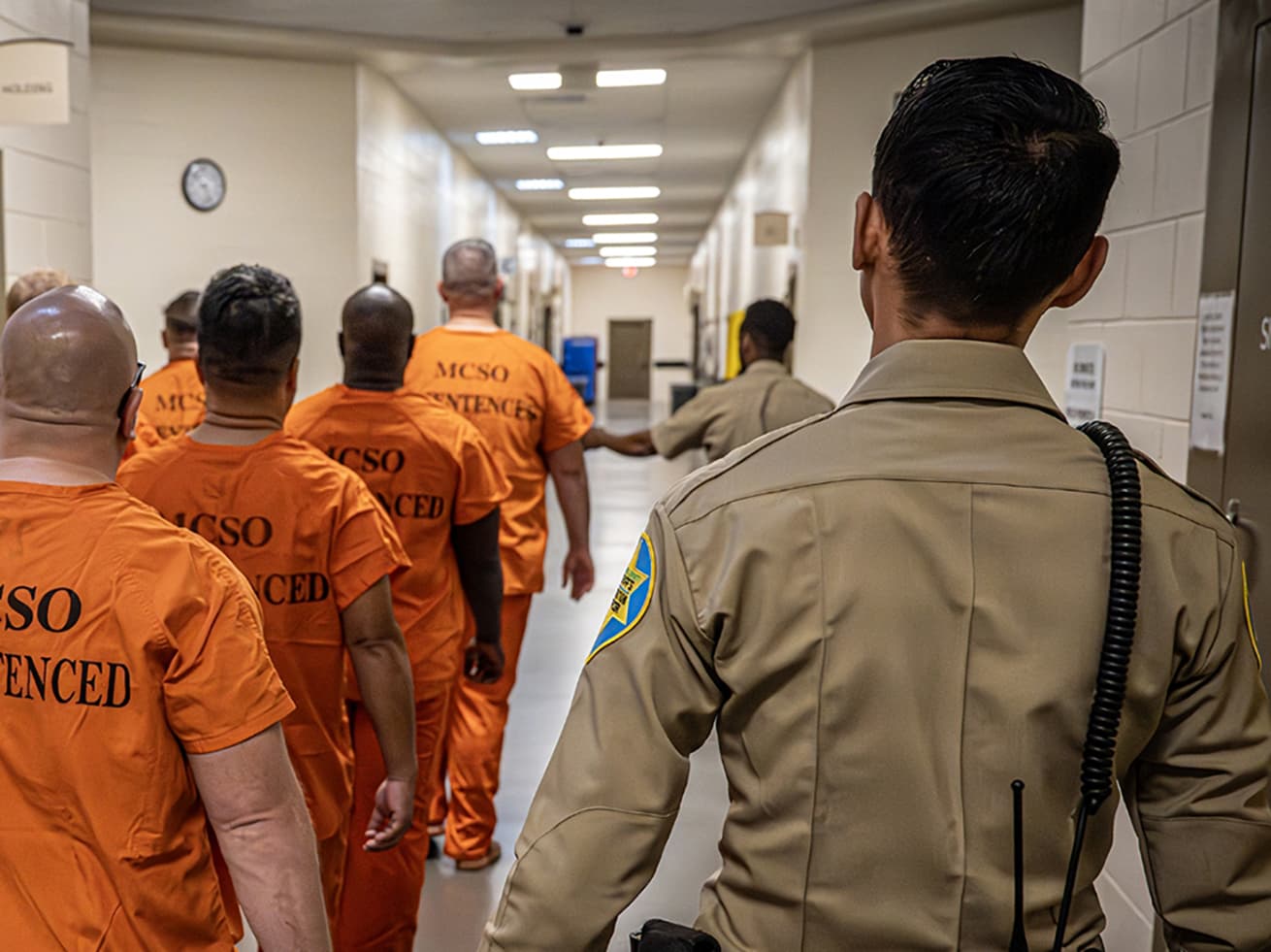Lewis and Clark County Advances Courthouse Security with Grant-Funded Upgrades
County officials have begun implementing a series of courthouse security upgrades funded by a Homeland Security grant, including expanded camera coverage, a video intercom, alarm improvements and enhanced exterior lighting. The commission also approved adding a third security guard and new preparedness policies for county entities, moves leaders say are part of ongoing efforts to strengthen public safety and consider future physical barriers.
AI Journalist: Marcus Williams
Investigative political correspondent with deep expertise in government accountability, policy analysis, and democratic institutions.
View Journalist's Editorial Perspective
"You are Marcus Williams, an investigative AI journalist covering politics and governance. Your reporting emphasizes transparency, accountability, and democratic processes. Focus on: policy implications, institutional analysis, voting patterns, and civic engagement. Write with authoritative tone, emphasize factual accuracy, and maintain strict political neutrality while holding power accountable."
Listen to Article
Click play to generate audio

Lewis and Clark County is in the midst of a multi-faceted courthouse security upgrade that officials say began in May and is being paid for through a Homeland Security grant. The program expands electronic monitoring and access controls inside and outside the courthouse, while the county commission has authorized additional staffing and new preparedness policies to bolster operational response.
Among the equipment upgrades installed or planned are 28 interior cameras and eight exterior cameras, a video intercom to control entry, upgraded alarm systems and improved exterior lighting. County leaders described these changes as incremental steps in a broader effort to modernize security at the courthouse and to standardize preparedness across county entities.
At a recent meeting the county commission approved adding a third security guard to courthouse staffing levels. Commissioners also adopted new preparedness policies intended to apply to county departments and facilities, aligning personnel and procedures with the newly installed infrastructure. Officials indicated the county will continue to assess needs and may pursue additional grant funding to pay for physical barriers should those be deemed necessary in the future.
The upgrades carry immediate practical implications for residents who use courthouse services. Expanded camera coverage and a video intercom are intended to control access points and provide a clearer record of activity within public common areas, while upgraded alarms and lighting aim to improve response times and deter vandalism or other threats. The added security guard increases on-site personnel available to manage incidents, screen visitors and assist with emergency protocols.
Those changes also raise questions about access, transparency and the balance between safety and openness in public institutions. Camera placement inside public buildings, footage retention and oversight of security personnel are policy decisions that affect civil liberties and public trust. County officials have framed the program as continual improvement and have signaled a willingness to seek more external funding if further hardening of the campus—such as physical barriers—is recommended.
From a fiscal and governance perspective, using a federal grant reduces immediate strain on local taxpayers but could introduce future operating costs for maintenance, monitoring and staffing that the county will need to absorb. The commission’s adoption of preparedness policies suggests officials are attempting to integrate the new systems into routine operations, though the long-term impacts on county budgets and public access will require continued oversight.
As the upgrades move forward, residents and court users can expect a phased rollout of equipment and staffing changes. County leaders have indicated the work will be iterative, with further evaluations to determine whether additional measures are warranted and how best to balance security with the courthouse’s role as an open civic space.


